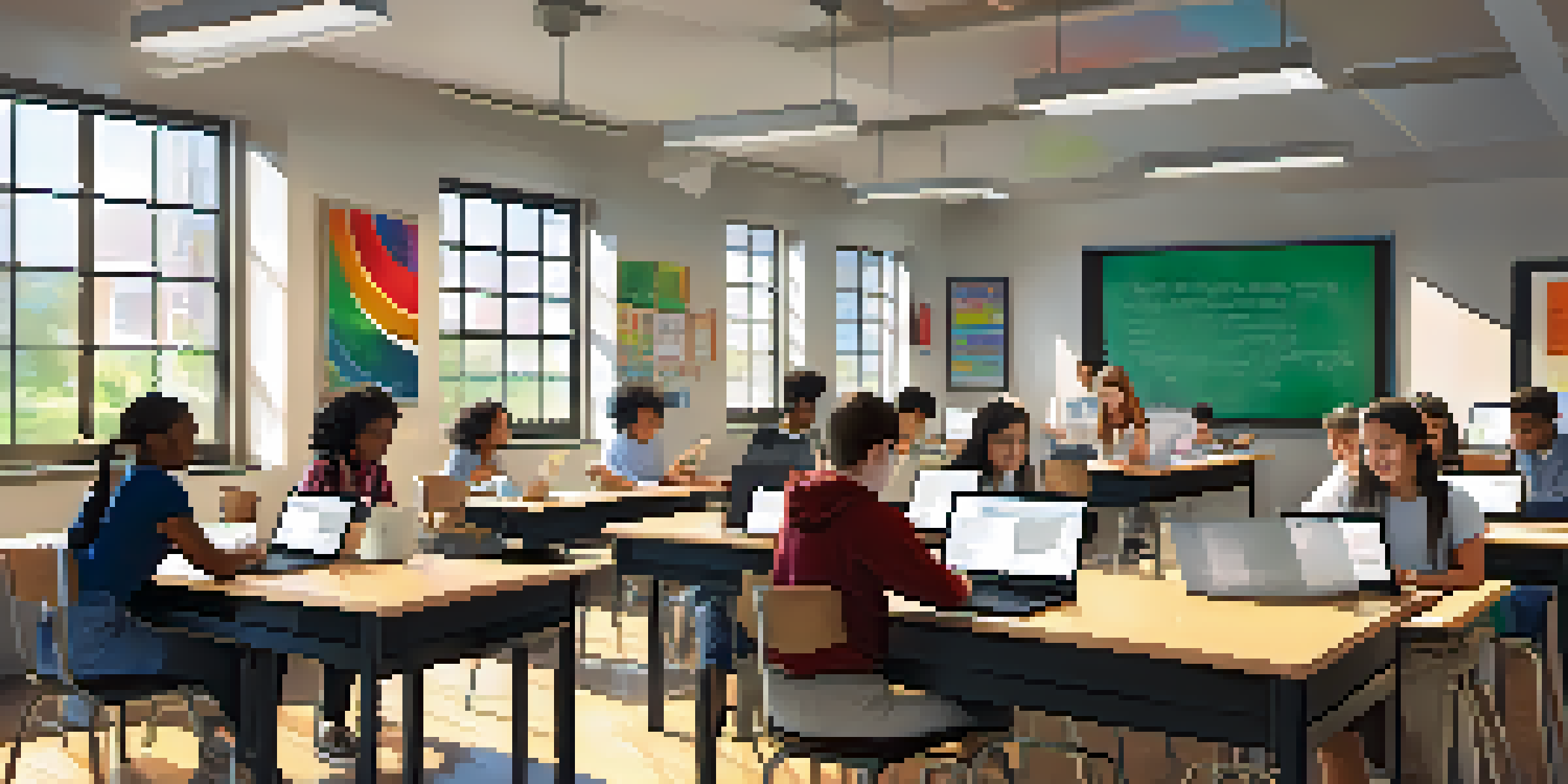Teacher Training for Effective Collaborative Learning Facilitation

Understanding Collaborative Learning: A Foundation for Teachers
Collaborative learning is a teaching strategy that encourages students to work together to solve problems, share knowledge, and develop critical thinking skills. For teachers, understanding this approach is vital for fostering an engaging classroom environment. It’s not just about group work; it’s about creating a culture where students learn from each other and enhance their social skills in the process.
The Role of Teacher Training in Collaborative Learning
Effective teacher training is essential for implementing collaborative learning strategies in the classroom. Training programs should equip educators with the skills to facilitate group dynamics, manage diverse opinions, and create a safe space for all students to express their thoughts. By investing in teacher training, schools can ensure that educators are prepared to guide students through this interactive learning experience.
Collaborative Learning Enhances Skills
Collaborative learning fosters problem-solving and critical thinking by encouraging students to learn from each other.
Key Skills for Facilitating Collaborative Learning
Teachers need a unique set of skills to facilitate collaborative learning effectively. These include communication, conflict resolution, and the ability to foster a growth mindset among students. With these skills, teachers can help students navigate challenges together, turning potential conflicts into opportunities for learning and growth.
Creating an Inclusive Classroom for Collaborative Learning
Inclusivity is a cornerstone of successful collaborative learning. Teachers should be trained to recognize and accommodate diverse learning needs, ensuring every student feels valued and included. This might involve using varied teaching methods, such as visual aids or hands-on activities, to engage all learners and promote a sense of belonging.
Teacher Training is Crucial
Effective teacher training equips educators with the necessary skills to facilitate collaboration and manage diverse classroom dynamics.
Strategies for Effective Group Work in Classrooms
Implementing structured group work can significantly enhance collaborative learning. Teachers should be guided on how to assign roles within groups, set clear objectives, and provide frameworks for discussion. This structure helps students stay focused and accountable, making the collaborative process more productive and enjoyable.
Assessing Collaborative Learning Outcomes
Assessment in collaborative learning can be challenging, yet it is crucial for understanding student progress. Teachers should learn how to evaluate both individual contributions and group outcomes effectively. This dual assessment approach ensures that students are recognized for their unique inputs while also valuing the collective achievement of the group.
Ongoing Development Supports Growth
Continuous professional development helps teachers refine their collaborative learning strategies and stay updated with new tools.
Leveraging Technology for Collaborative Learning
In today’s digital age, technology can play a vital role in facilitating collaborative learning. Tools such as online discussion platforms, document-sharing apps, and educational games can enhance interaction among students. Teacher training should include how to integrate these technologies seamlessly into collaborative projects to enrich the learning experience.
Continuing Professional Development for Teachers
The journey of learning to facilitate collaborative environments doesn’t end with initial training. Ongoing professional development is essential for teachers to refine their skills and stay updated with new strategies and tools. By participating in workshops, peer collaborations, and online courses, educators can continuously improve their effectiveness in fostering collaborative learning.